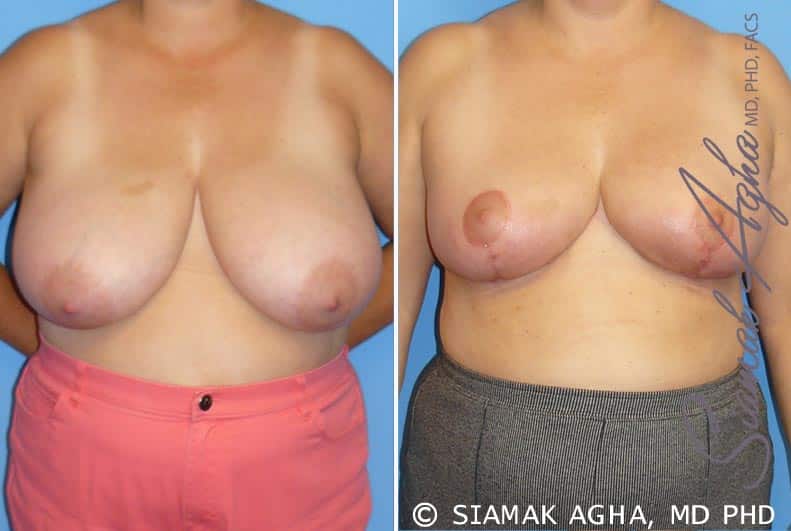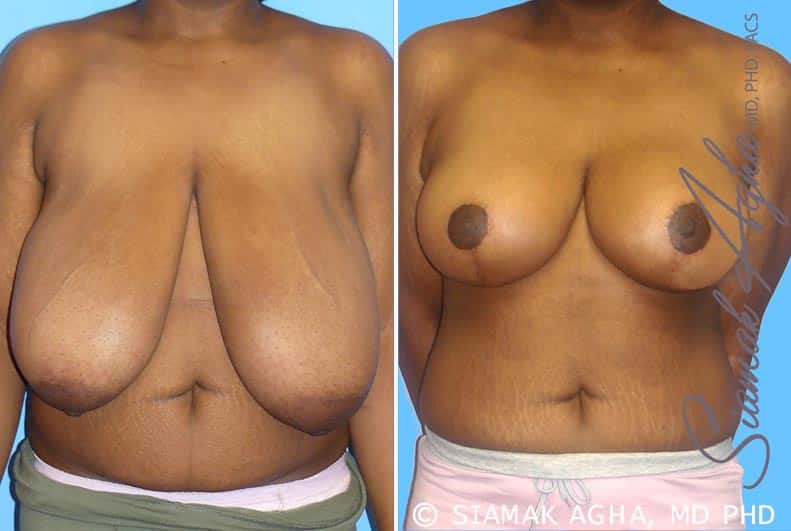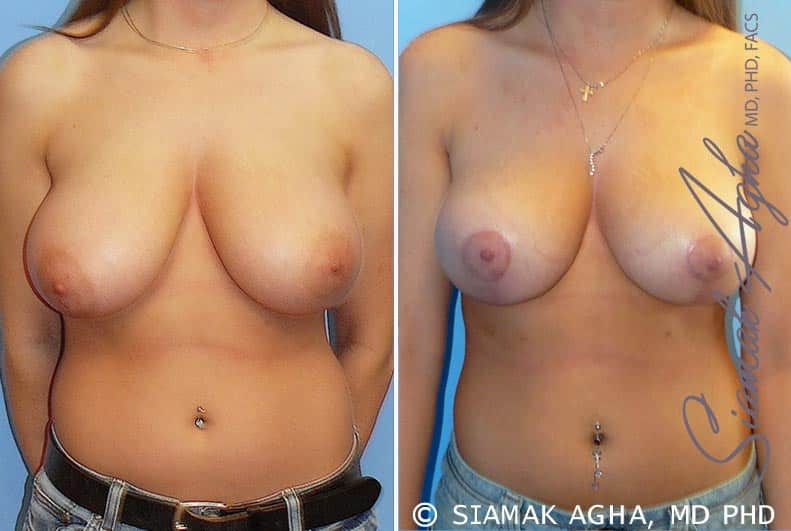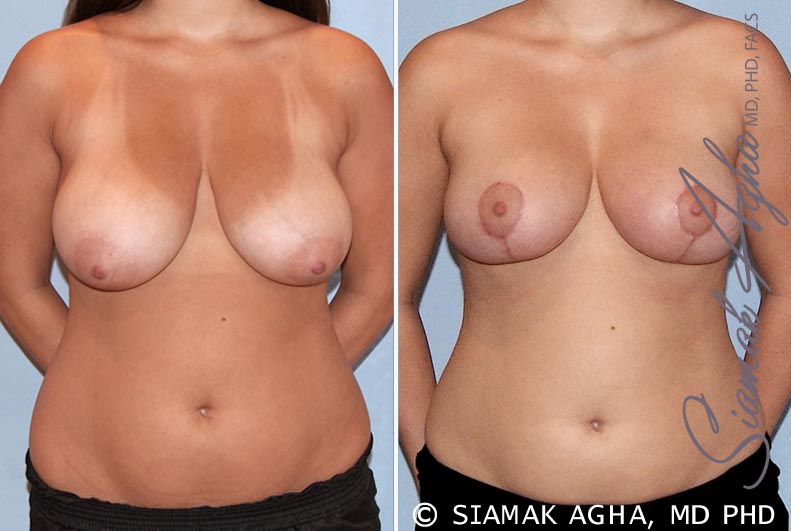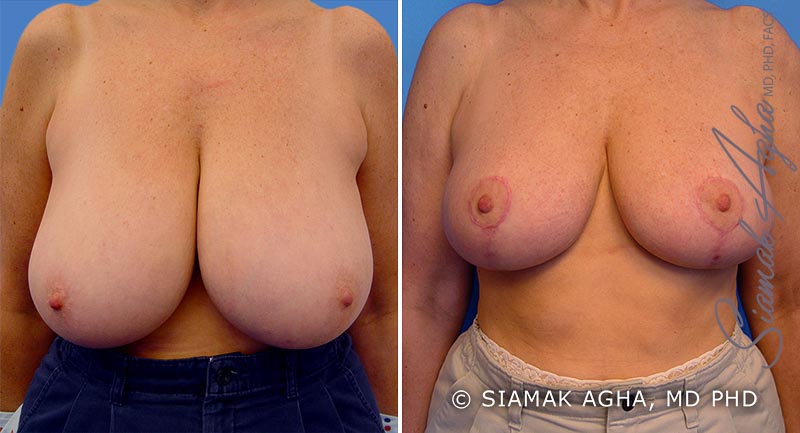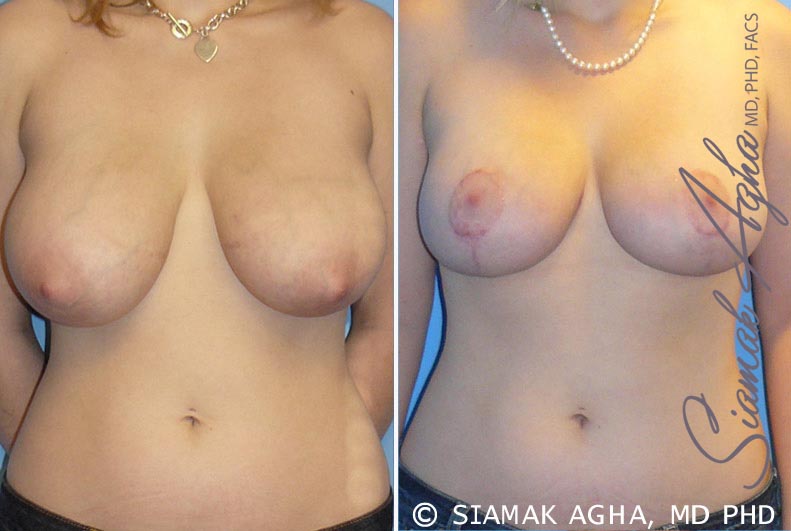BREAST REDUCTION
– NEWPORT BEACH, CA –Apart from the hips and waist, the breasts are another crucial element in achieving a breathtaking hourglass figure. That’s why a lot of women want to get larger breasts to accentuate their physique.
After all, who would say no to Sofia Vergara’s plump puppies or Emily Ratajkowski’s well-endowed bust?
But despite the common belief that the bigger your breasts are, the better, not all women are enjoying the natural cleavage that everyone else seems to envy.
Some suffer in silence because of the weight of their breasts. They experience back and neck pain, skin irritation, shoulder deformities, and even breathing problems simply because of the size of their chest.

On top of these health risks, larger breasts are more prone to breast sagging because of the pull of gravity.
Normal breasts are supposed to be round and proportional to the body frame. They should be located in the mid-chest and extend on the outer chest as breast tail, which forms the upper portion of the hourglass look.
Thankfully, these consequences of having large breasts can be reduced — or even reversed — by going one or two cup sizes down via a Newport Beach breast reduction.
Under the expertise and qualified hands of SoCal’s top plastic surgeon, Dr. Siamak Agha, you can achieve a more manageable breast size that’s more proportional to the rest of your body, improving your quality of life in the process.
In this article, discover how you can get a more balanced figure through breast reduction.
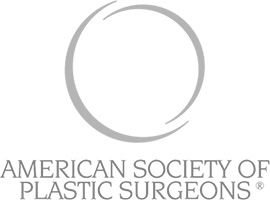
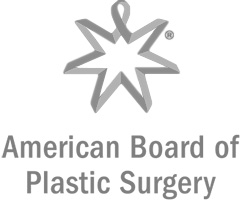
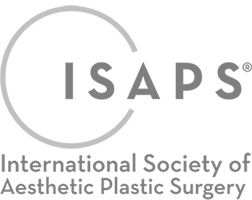
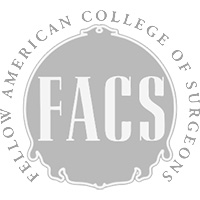

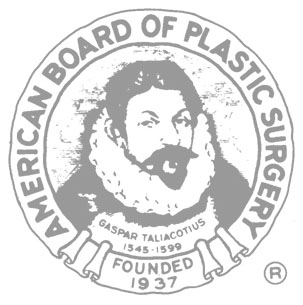
How Do Breasts Develop?
Contrary to popular belief, breast development does not start at puberty. It begins way back when you’re still in your mother’s uterus, then continues throughout puberty, adolescence, and all the way through early adulthood.
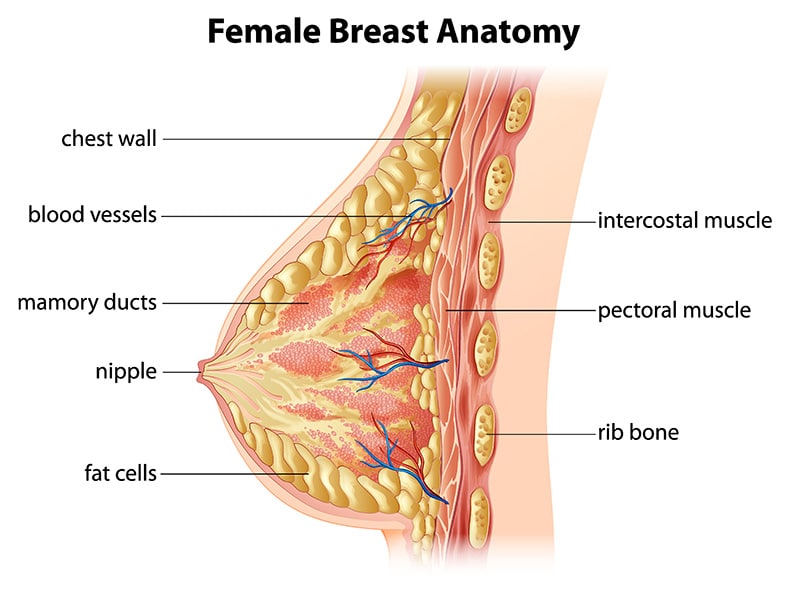
Your actual breast size is determined by several factors, such as the following:
- Genetics
- Age
- Hormones
- Medication
- Weight
- Environmental influences
Influenced by these factors, some women develop breasts that are larger than what is proportional to the rest of their body. The development of abnormally large breasts is called macromastia.
Though no one has pinpointed the exact cause of this condition, one of the possible reasons is increased sensitivity to estrogen, which is a hormone that causes your breast ducts to increase in size during the menstrual cycle.
Macromastia can cause issues like:
- Musculoskeletal problems in your back, shoulder, and neck
- Chronic rash and inflammation beneath the breast crease
- Nerve compression of the arms
- Skin indentations on the shoulder due to the strain of bra straps
- Tiredness and lethargy due to breast weight
- Limited exercises, sports, and physical activities due to the size of the breasts
- Limited clothing options
- Painful mammograms that require stricter measures to ensure accuracy
- Depression, self-consciousness, and low self-esteem
Fortunately, women with macromastia are the perfect candidates for breast reduction surgery.
What is Breast Reduction Surgery?
Breast reduction surgery — medically known as reduction mammoplasty — reduces your breast size to help you achieve a better figure.
It entails removing excess breast tissue, fat, and skin of the breasts. It also involves repositioning the nipple and areola and reducing areola size so that you can sport better-proportioned breasts and be confident with their appearance.
Though breast reduction is a procedure exclusive for women, men also have their own version with gynecomastia surgery.
According to data gathered by the American Society of Plastic Surgeons, more than 46,000 women in the United States underwent breast reduction surgery for aesthetic purposes in 2019, and over 61,000 got the same procedure for reconstructive purposes.
Breast reduction gives you freedom from the inconveniences, pains, and deformities caused by large breasts. This procedure can also prevent your breasts from sagging.
What are the Different Breast Reduction Techniques?
Depending on your condition, breast composition, and amount of breast tissue and fat that need to be excised, Dr. Agha may use one of the following breast reduction techniques for your surgery.
Most breast reduction techniques are actually a combination of breast reduction and breast lift. The breast reduction segment is virtually the same for most approaches. It is the breast lift technique that defines the final shape and result.

How Does Dr. Agha Do Breast Reduction?
Breast reduction surgery is often done as an outpatient procedure. It takes approximately three to four hours to perform.
Here is a summary of Dr. Agha’s step-by-step breast reduction process
Preparation
Dr. Agha will conduct a thorough examination of your breasts before your breast reduction. He will assess multiple factors such as breast size, breast shape, degree of breast sagging, unevenness and asymmetry between the two breasts, amount of excess tissue, breast skin quality, nipple and areola size, and potential lumps.
He will then provide you information regarding the different breast reduction techniques, allowing you to weigh the advantages and disadvantages of each.
If you are over 40 years old, he will order a mammogram to make sure that there are no issues before planning your breast reduction surgery. Learn more about breast surgery preparation in this article.
Anesthesia
Breast reduction is often performed under general anesthesia in a surgery center.
Breast Tissue Removal and Repositioning
Once the incisions are complete, Dr. Agha reduces the areola by excising the areolar skin at its perimeter. He then lifts the breast skin and a layer of underlying fat off of the breast tissue and gland. He leaves the nipple and areola attached to the underlying breast tissue.
Dr. Agha excises the excess breast tissue according to the planned breast size. He preserves most of the central breast mass with its attached nipple and areola, while he removes the adjacent breast tissue excess. In this manner, the nipple and areola retain their own blood vessels, sensation, and milk duct attachments.
If Dr. Agha is using the anchor-type incision, he will lift the central breast mass and employ the dermal bra suspension technique to reshape the breasts.
This method allows him to lift the breast mass and secure it at a higher position using sutures to the chest muscles. The breast tissue is also recreated into a breast mound with internal breast sutures.
For extremely large and sagging breasts, Dr. Agha may need to remove and transplant the nipple and areola to a higher position on the breast in a technique known as the free nipple graft. In this technique, the breasts are first reduced, lifted, and shaped. The nipple and areola are then transplanted and sutured to them.
Breast Tissue Removal and Repositioning
Once the incisions are complete, Dr. Agha reduces the areola by excising the areolar skin at its perimeter. He then lifts the breast skin and a layer of underlying fat off of the breast tissue and gland. He leaves the nipple and areola attached to the underlying breast tissue.
Dr. Agha excises the excess breast tissue according to the planned breast size. He preserves most of the central breast mass with its attached nipple and areola, while he removes the adjacent breast tissue excess. In this manner, the nipple and areola retain their own blood vessels, sensation, and milk duct attachments.
If Dr. Agha is using the anchor-type incision, he will lift the central breast mass and employ the dermal bra suspension technique to reshape the breasts.
This method allows him to lift the breast mass and secure it at a higher position using sutures to the chest muscles. The breast tissue is also recreated into a breast mound with internal breast sutures.
For extremely large and sagging breasts, Dr. Agha may need to remove and transplant the nipple and areola to a higher position on the breast in a technique known as the free nipple graft. In this technique, the breasts are first reduced, lifted, and shaped. The nipple and areola are then transplanted and sutured to them.
Post-Surgery
Dr. Agha closes the incisions by suturing the breast in multiple layers.
He may temporarily place a small, thin tube under the skin to drain any excess blood or fluid that may accumulate. He then places an elastic bandage or surgical bra over the gauze dressings on your surgical site.
Why Should You Choose Dr. Agha for Your Breast Reduction?
When it comes to breast reduction, removing excess tissue is the easy part. It’s what you do with the remaining breast tissue that makes the difference.
In other words, if you don’t plan the surgery well, then you will not only end up with a smaller breast but a flatter one as well.
Most plastic surgeons only focus on breast tissue excision, offering only two-dimensional breast correction. They only provide little adjustment to the third dimension: breast projection.
Dr. Agha pays significant attention to the amount of breast that should be preserved to recreate a breast mound at a higher position. Aside from performing breast reduction and reshaping, he combines it with a comprehensive lift technique like the dermal bra suspension to create a rounder, perkier, and appropriately projected breast using your own tissue.
Dr. Agha’s focus on three-dimensional breast reduction and reshaping has allowed him to create natural-looking breasts that emphasize both definition and projection.
How Do You Recover from Breast Reduction?
Once you wake up in the recovery room in about an hour or so after your breast reduction, you are allowed to go home with a friend or family member.
While most breast reduction patients can get back to work after two weeks of recovery, the key to a successful recovery is to follow Dr. Agha’s instructions.
Please read the general information on recovery after breast surgery.
Then read the specific information on recovery after breast lift.
What Results Can You Expect from Breast Reduction?
After your breast reduction surgery, you will have…
- Smaller but perky and projected breasts
- Breasts that are more proportional to the rest of your body
- Clothes that fit better especially on the chest area
- Reduced neck, back, and chest pains
- Increased confidence and self-esteem
What are the Possible Risks and Complications?
Though you can expect pleasing results from your breast reduction, that isn’t to say that it doesn’t have its fair share of risks.
Check out the most common breast surgery complications in this post.
Breast Reduction FAQs
Get Your Breast Reduction Done in Newport Beach, Orange County
With breast reduction surgery, you can get breasts that are more proportionate to your body. You can be free of medical problems caused by overly large breasts, helping you gain more self-confidence and better quality of life in the process.
To make sure you’re in safe hands, go for a highly qualified and experienced plastic surgeon like Dr. Agha. He will be able to recommend procedures that will work best based on your desired results and body type.

